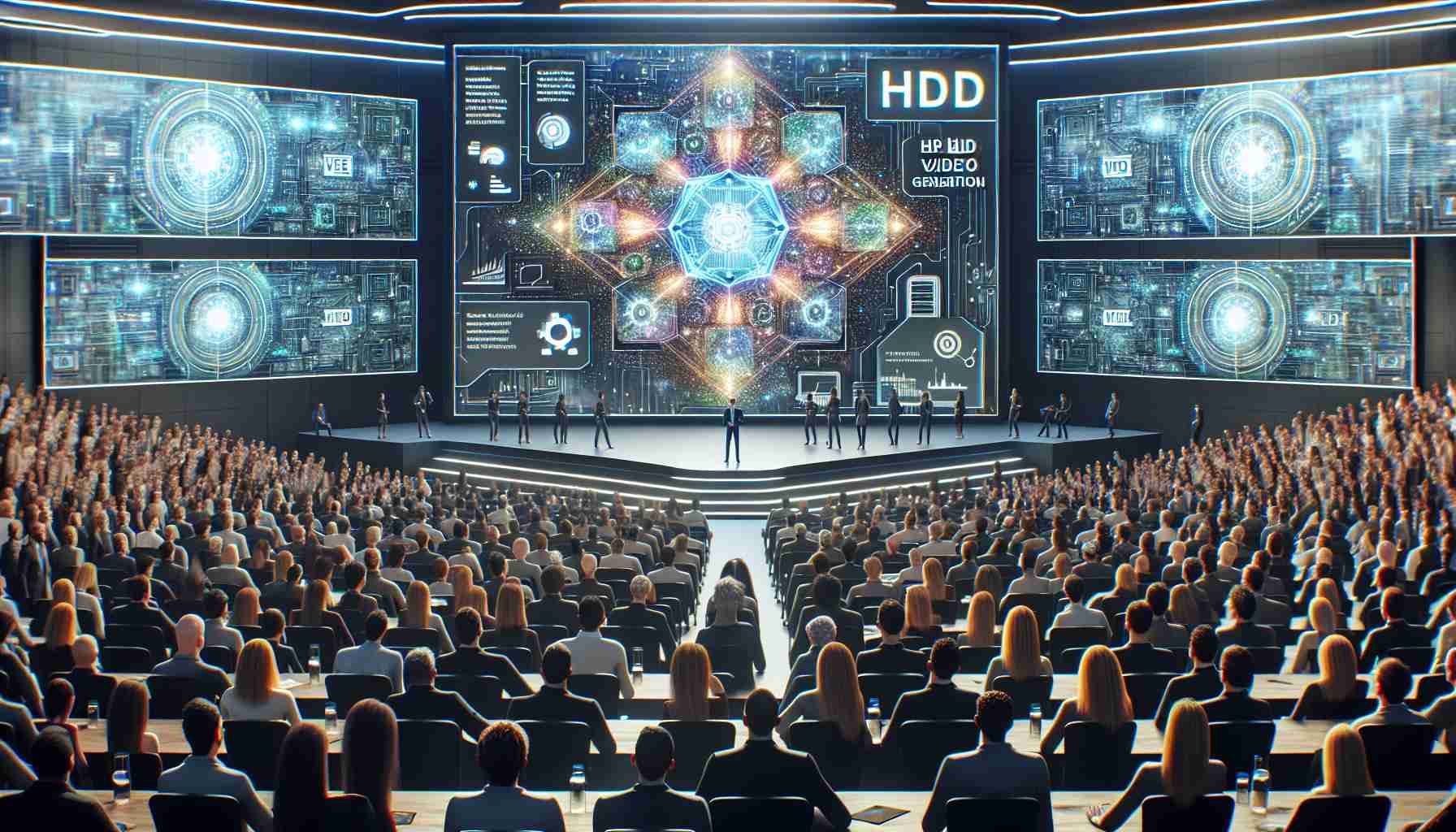Google Ascends in AI Video Creation with Veo
In the dynamic realm of artificial intelligence (AI), Google has propelled itself to the forefront at its recent Google I/O 2024 event. The tech behemoth announced Veo, a cutting-edge AI model for crafting high-definition video content. As an answer to OpenAI’s impressive video generator Sora, Google’s Veo stands as a significant leap in cinematic technology.
Veo’s promise is captivating: production of 1080p videos exceeding one minute, embracing a wide spectrum of cinematic and visual styles. This tool strives to accurately translate a user’s creative vision into video by utilizing an advanced understanding of natural language and visual semantics. Veo’s comprehension spans cinematic terminology, grasping concepts like “timelapse” and “aerial landscape shots” to produce content that mirrors the creator’s intent.
The relentless evolution of AI-powered image and video generators has culminated in an array of incredible tools, with OpenAI’s Sora turning heads recently. Veo’s entry into the scene comes amid concerns around deepfake creation. Yet, Google’s rival moves cautiously without extensive public access, allowing Google a potential edge with Veo.
Though yet to be tested by the general populace, Google’s demonstration videos suggest that Veo is on par with OpenAI’s offerings. Skepticism remains, however, as these showcases may not reflect typical user experiences.
Veo operates on the back of Google’s previous video generation models, producing seamless sequences with realistic movement of people, animals, and objects. Currently available to select creators via VideoFX, Veo awaits wider release as Google plans to integrate its capabilities into YouTube Shorts and other products. Prioritizing a “responsible” approach, Google ensures that all Veo-generated videos on VideoFX will bear a distinct SynthID watermark, marking them as AI-generated.
Key Questions and Answers Related to Google Veo:
– What is Google Veo and what does it offer?
Google Veo is an AI-powered tool designed to create high-definition videos based on users’ inputs using natural language and visual semantics. It enables the generation of videos in various styles and promises to maintain a high level of adherence to the user’s creative intentions.
– How does Google Veo compare to OpenAI’s Sora?
Veo is perceived as Google’s response to OpenAI’s Sora, providing robust competition in the AI-generated video creation space. Veo shares similar capabilities in generating cinematic content but includes a sophisticated understanding of cinematic concepts.
– What are the concerns associated with Veo and tools like it?
There are widespread concerns regarding the potential misuse of such technologies for creating deepfakes, which can have serious implications for misinformation and privacy. Google addresses this by restricting public access and marking content with a watermark.
– When will Veo be available to the wider public?
Currently, Veo is only available to selected creators through VideoFX. Plans for a broader release include integration into services like YouTube Shorts, though a specific timeline for wider public access has not been mentioned.
Key Challenges and Controversies:
– Regulating Generated Content: Preventing misuse of AI-generated videos for deceptive purposes is a significant challenge. Google’s responsible approach includes measures like a watermark, but the effectiveness and enforcement of such measures across platforms remain concerns.
– Authenticity and Trust: With the rise of AI-generated content, establishing the authenticity of digital media is becoming increasingly complex. Veo-generated content could contribute to the erosion of trust in digital media if not managed properly.
– Impact on Creative Industries: As AI technology advances, it poses potential disruptions to traditional content creation industries. It raises questions about the future of jobs associated with video production and the originality of AI-generated content versus human creativity.
Advantages and Disadvantages of Google Veo:
– Advantages:
– Facilitates efficient and cost-effective video production, making high-quality video creation accessible to more creators.
– Expands the possibilities for content creation by quickly visualizing ideas that may require significant effort or resources to produce traditionally.
– Google’s expertise and infrastructure support the development and scaling of AI technologies like Veo.
– Disadvantages:
– Risks associated with deepfake technology and the potential harm from its misuse, including spreading false information.
– The ethical question of AI replacing human creativity and jobs in the video production industry.
– Skepticism about whether the demonstration capabilities will align with actual user experiences once available more broadly.
Related links:
– OpenAI
– Google
– YouTube
For the latest information on Google’s AI developments and product updates, including Veo, you can visit Google’s official website or follow their announcements from annual events like Google I/O. OpenAI’s website is also a valuable resource for information on their latest AI video generation models, such as Sora.
The source of the article is from the blog portaldoriograndense.com

